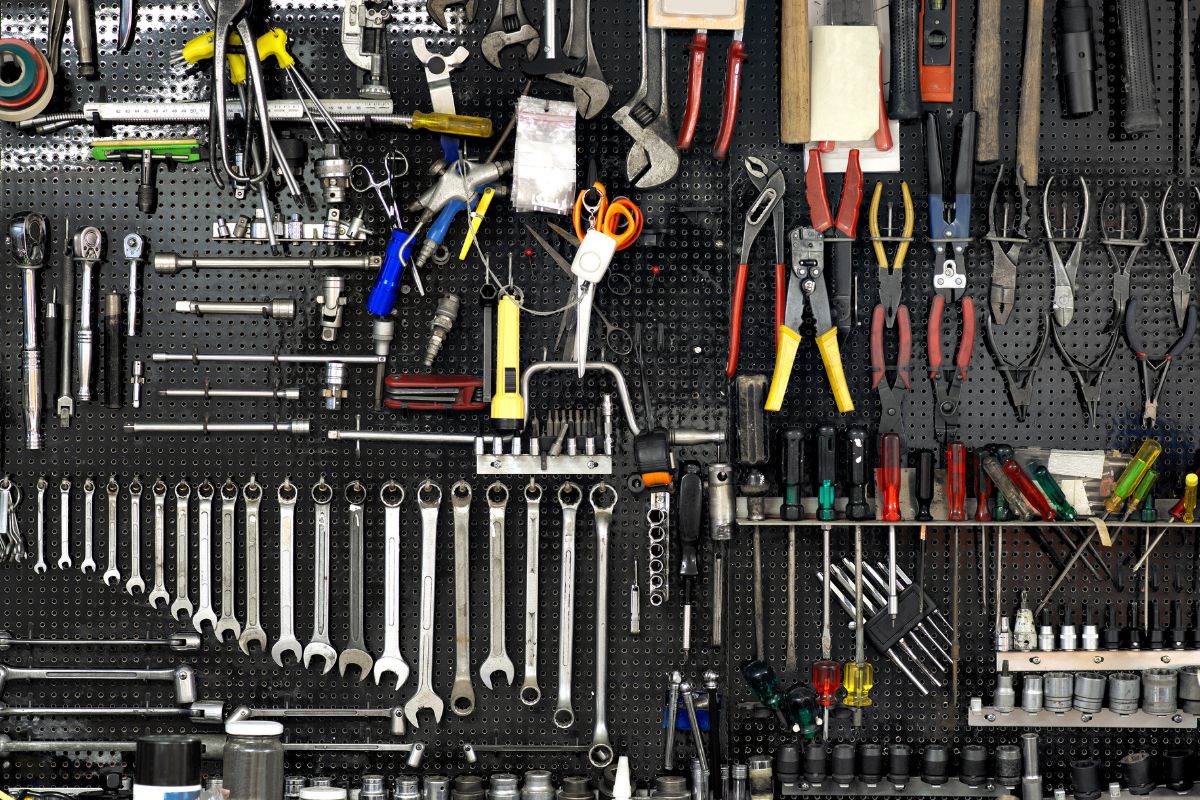
The 7 Deadly Lean Wastes
15 November 2021

Muda – Non-Value Added Work
- Non-value adding work is waste, i.e. activities that are undertaken based on the present work establishment.
- Muda requires processes or activities to be distinguished as value adding, value enabling and non-value adding.
Muri – Unreasonable Work
- All the unreasonable work that management imposes on workers because of poor organization such as carrying heavy weights, moving things around, dangerous tasks, etc.
- It is pushing a person or a machine beyond its natural limits and is almost always a cause of variation.
Mura – Unbalanced Variation
- Increase in demand which causes the need to squeeze extra productivity from the process which causes routines and standards to be modified or stretched.
- This stretch and improvisation leads to “Muri” style waste which leads to mistakes, corrections, backflow and waiting, which creates “Muda”.
01.
What is Transportation?
Any unnecessary movement of materials, products, documents or information can be described as “transportation” waste. In transactional services, this is reflected by activities that transfer (or handovers) from one individual to another, within departments or between departments, which adds time to the overall process. In the service environment, this manifests itself as tasks to be collected and delivered, physically or virtually (electronic data transfers, e.g. processes involving multiple share service center sites).
Each time an activity is transferred or moved, it is exposed to the risks of being delayed, lost or done incorrectly. This results in inefficiencies that becomes inherent in the process.
Eliminating transportation cap at one extreme result in the combination of tasks of the other extreme result in the relocating or redirecting of tasks to minimize the physical or virtual movement.
02.
What is Inventory?
It is the work-in-process, or incomplete work, that does not meet the demand rate or the expected completion time of the customer. Inventory can be considered as “hyper-tension”, an invisible problem to the financial services. It is the physical piles of unattended inboxes, lists of pending enquiries or emails or time a client spends in a queue.
Having unattended inboxes also relates to having incurred the expense of time and cost of resource for work not done. In other words capital spent that is not producing revenue. Transactional activities that are not actively processed is non value add and is a waste.
The goal is to have the sufficient inventory for immediate and short-term needs. Ignoring process inventory drives up cost- investing into additional resources or larger virtual storage capacities. These are some examples of effects when inventory is not seriously considered.
03.
What is Motion?
Unnecessary movement of people or resources. The physical movement of personnel from a station to another to continue a process is an example of motion. Another example is switching between computer terminals or databases, which is a form of motion that requires additional steps to be executed before a true value-adding step can be carried out. Motion in the transactional world is often a result of Transportation and Inventory.
04.
What is Waiting?
05.
What is Over-Processing?
Adding more work to a product or service than necessary and trying to exceed the customers’ requirement. This translates to adding more perceived “value” to a product or service. “Value” that a customer is not willing to pay for.
An example of over-processing in financial institutions is the inclusion of promotional and general marketing information with monthly bank statements. This is quite common for a customer who receives credit card statements via mail. The mail is often filled with glossy booklets and pamphlets. Not all customers would pay attention to this information.
Most of them would only review the information that matters – the credit card statement and the rest of the information pack would be discarded as waste. Over-processing occurs in this context as the service provider does not clearly understand the customer’s need. The standardized marketing and promotional process incurs additional cost (printing and postage for example) often with poor rates of returns.
06.
What is Over-Production?
Over-Production is the use of capacity and capability beyond the means of the present service or product requirement, resulting in outputs that are not delivered to customers. In simple terms, it can be viewed as the production or acquisition of material or information before it is actually required.
Over-production, in a sense, is work carried out ahead of the customers’ need and can also result in wastes such as the services performs without a clear understanding of the customer’s requirement. Over-production hides the effectiveness of true productivity. It creates the “just-in-case” behavior which causes costs to be incurred unnecessarily.
07.




























